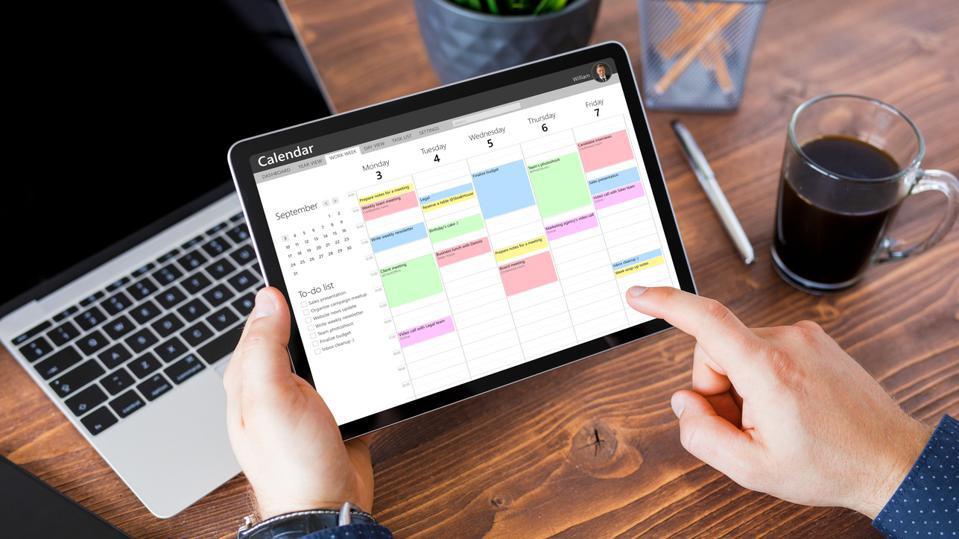Pipedrive Vs. Trello 2022 Comparison – Forbes Advisor

[ad_1]

While Pipedrive and Trello differ in the functions of their software, they do have some features in common, including automations, integrations, views, dashboards and customer support. To give you a glimpse of what each software offers, we break down what those features look like for users.
Primary Function
While Trello is a project management software, Pipedrive is a CRM. Trello offers tools—including email marketing, calendars, website forms and progress reports—and a digital platform to plan, execute and complete a project. Pipedrive, in comparison, helps businesses nurture leads and customers to close more sales. Key tools it offers to do so include data gathering and storage capabilities, pipeline dashboards, sales reporting, automations and integrations.
Automations
While Trello and Pipedrive are used for different purposes, they both use automations to help boost efficiency in business processes. Both allow users to select a trigger and an action in an if-then scenario. Setting automations is as simple as clicking already available triggers and actions. An example of a trigger and an action might be “when a card is added to ‘deal won,’ notify the sales manager” or, “when a list is ‘done,’ remove all members from the card.”
Each software has unique standout automation features. Trello’s automation assistance tool, Butler, observes users’ actions on boards and identifies repetitive tasks, then suggests automations that could eliminate the need for humans to perform them. Pipeline’s sales assistant presents users with cards at the right time and in the right place with tips on how to boost sales performance and tap into useful features and app integrations to do so.
Integrations
When it comes to integrations, Pipedrive outperforms Trello, offering over 100 more integrations than Trello. Still, both include integrations for internal collaboration, campaign management, email, reporting, document management and more. For example, Trello offers Microsoft Teams, Gmail, Slack, Mailchimp, Google Drive and Evernote integrations. Likewise, Pipedrive offers Google Meet, HubSpot, DocuSign, Zoho and Google Analytics integrations.
Views and Dashboards
Because Trello and Pipedrive fulfill different needs for the businesses that use them, many of their dashboards and views are different. Pipedrive, for example, offers Contacts Timelines that show the interaction history of leads and Insights reports that show deals that are in progress, won or lost. Trello, in contrast, offers a Kanban board with a high-level overview of a project workflow, then more information when users click on individual cards on the board.
However, both offer a Calendar view and a Map view. Trello shows when projects are taking place with the Calendar view, including start dates and deadlines. Pipedrive’s Calendar view shows when activities are due and allows team members to add new tasks and view colleagues’ calendars. Pipedrive’s map view shows where contacts live and work and where deals take place while Trello’s map view shows where projects are being completed.
Some other unique views offered by Pipedrive include:
- Revenue forecast reports: Here, users can learn estimated future revenue and understand their success rates in closing deals.
- Custom fields and reports: Users can create custom fields to track key metrics that matter to their teams.
Some other unique views offered by Trello include:
- Timeline view: This view shows the timeline of projects you are managing, including the timelines for completing project components that, together, make up the completion of the entire project.
- Table view: Using this view, users can gather cards from different project boards to view them on one central board.
- Dashboard view: This is a customizable view that aligns entire teams by allowing users to highlight key performance metrics such as wins, due dates, card assignments and list components—all in one place.
Customer Support
Trello’s customer support is limited compared to Pipedrive and many of its competitors. Trello offers email support with one-day response only in its premium plans and a Trello Community where users can ask other Trello users questions. Finally, its Trello Resource page offers guides on how to use Trello features.
Pipedrive, in contrast, offers many different options and 24/7 support in English and Portuguese and business-hour support in German, French and Spanish. These options include live chat and email support. Its Pipedrive Academy also offers CRM training videos and tutorials to help reps learn the ropes on their own terms.
[ad_2]
Source link





